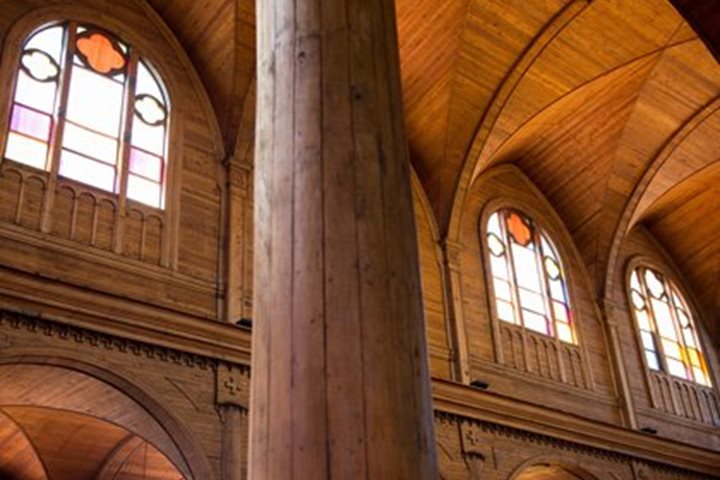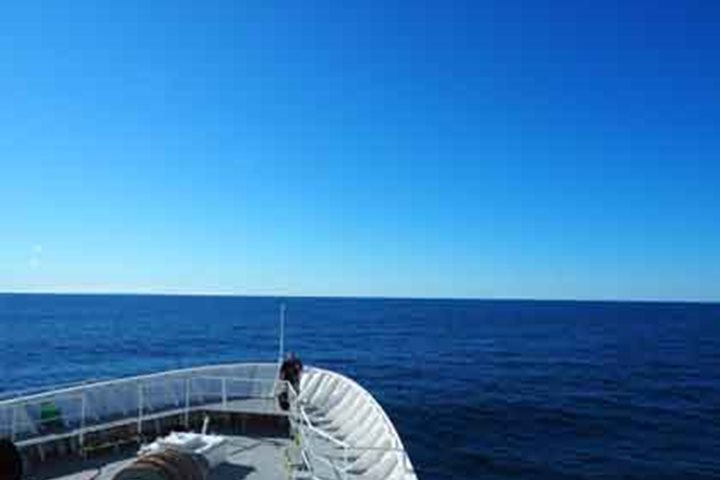No, National Geographic Explorer is not in Galápagos, but we are in Ecuador, and this morning we set anchor off the shores of Isla de la Plata also called “Little Galapagos” by the locals. This gem of an island is just 32 km off the coast of mainland Ecuador and is part of Machalillo National Park. The semiarid climate of this region is quite a stark contrast from the coast of Colombia only a couple hundred miles to the north. La Plata with its dry scrub ecosystem is home to thousands of nesting seabirds, most prevalent of them being the magnificent frigatebirds as well as the iconic and charismatic blue-footed booby. Led by local naturalist guides, a requirement of the park, many of us set out on the trails that wind around the top portion of the island. We were all thrilled to get such closeup and intimate looks at these wonderful birds with boobies nesting literally right on the trail at times. Also present here, but in fewer numbers, are both Nazca and red-footed boobies. The views from the cliffs overlooking the sea were breathtaking with swarms of birds coming and going and frigatebirds soaring high above. We also were provided the option to spend some time in the rich waters around the island by taking a local snorkeling boat just off shore. Carlos Navarro, our undersea specialist, partook in two dives while we were here and managed to video the spectacular marine life found here, including green sea turtles, and myriads of fish.
By afternoon we were anchored near Puerto López, this vibrant little fishing village also serves as the main point of access to Isla de la Plata. A majority of our shipmates chose to set out to the small community of Aqua Blanca to learn more about the local history and the little-known Manteño culture that once called this area home. The remainder of our ship’s compliment, 30 of us, spent the afternoon strolling through the dry tropical forests of Machalilla National Park enjoying the late afternoon conditions and watching birds. In just a couple of hours of casual birding we managed to see over 30 species of birds, many of the endemic to this region. Highlights included a great look at a hook-billed kite perched in nearby bamboo, pale-mandibled aracari (a small toucan relative), Pacific parrotlet (endemic), and many more. Mostly we all were pleased with the pleasant weather and experiencing a new and dynamic ecosystem. By early evening the sun was setting as the last of our Zodiacs left the dock for the ship.







